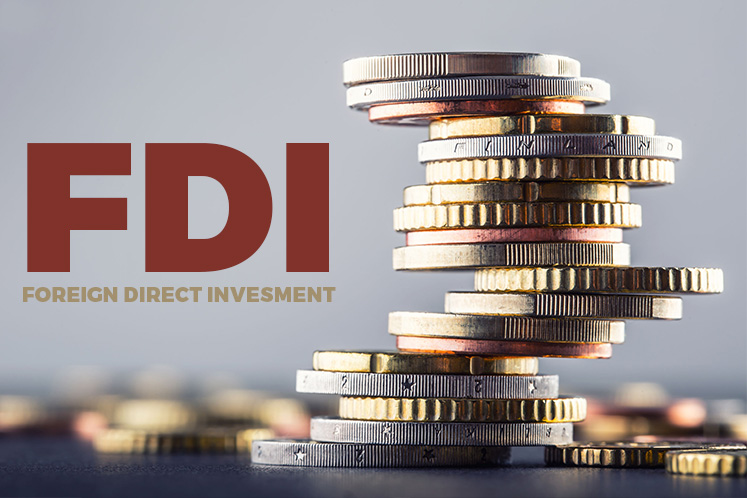Global greenfield FDI continues nuanced recovery in 2023
Both projects and capex fared strongly last year, but major disruption is underway.
At first glance, the latest 2023 figures on announced greenfield FDI point to a resilient landscape. Both project numbers and capital expenditure remain strong after bouncing back from the pandemic lows in 2022. However, the disruption engendered by the pandemic and the global financial crisis before that still lingers. Geopolitics, sustainability and digitisation continue to reshape the global investment map. As a result, that seemingly resilient landscape is a also very nuanced one, and the data published in the fDi Report 2024 help make sense of it all.
Foreign investors announced 16,427 cross-border projects worth $1337bn in 2023, the report shows. That represents a 1.1% decline and a 4.4% increase from a year earlier, respectively.
These are historically high levels of investment. The number of announced projects is not far from the pre-pandemic peak of 2019 (17,078), while committed capex has been the strongest since the global financial crisis even when figures are adjusted for inflation.
The rise of project-intensive services sectors belonging to the digital economy like software and IT has contributed to shore up project numbers year in and year out. Meanwhile, the 2023 sector matrix helps understand the record capex levels. Capital-intensive sectors such as renewables, batteries, oil and gas, communications and semiconductors continue to dominate the top 10. They all need plenty of capital and relatively low amounts of labour, which is a distinctive trait of many FDI projects in the new paradigm.
Inevitably, the bigger the project ticket, the higher its development risks. Multi-billion dollar projects seldom live up to original expectations, which creates additional noise for a dataset based on investments announcements. Look no further than FDI projects in green hydrogen or even large-scale offshore wind projects. Their feasibility is often on the line, and while the latter is a tested and scalable technology, green hydrogen has yet to prove its worth.
Beyond sectors, global greenfield FDI has spread unevenly across geographies in 2023. Overall FDI activity, as measured by the number of announced projects, fell in Europe and North America when compared with 2022, while it soared in the Asia-Pacific region and the Middle East. Asia-Pacific, in particular, posted a very strong year as China and other major economies in the region lifted the harsh restrictions introduced to contain the pandemic and finally revamped the FDI deal flow.
That also allowed the region to reclaim its role as a major source of capital. Chinese outbound greenfield FDI reached record highs last year, but here too it is a nuanced story. Unlike in the past, most of the Chinese outbound FDI went to the developing world as Chinese companies pivot away from the west to set up shop in more aligned countries and nearshoring hubs serving the big markets in North America and Europe.
The Middle East is another region that is increasingly deploying the capital it has accumulated in past decades. Outbound investment flows from the region skyrocketed in 2022 and 2023, with sovereign investors such as Abu Dhabi-based Mubadala standing out as the world’s biggest foreign investor in 2023 by capital investment.
The investment landscape has evolved dramatically in the past few years. Geopolitics, the sustainability imperative and digital transformation have redesigned the FDI map. In many sectors and countries undergoing a deep transformation, divestment is the natural trade-off of new investment, and divestment often eludes investment statistics, including ours. That also explains why the narrative around FDI is less bullish than the data may suggest. Ultimately, new greenfield FDI data point to a relatively resilient, although nuanced scenario; but it is the fate of old projects that will eventually tilt the net FDI balance one way or another in the long run.





